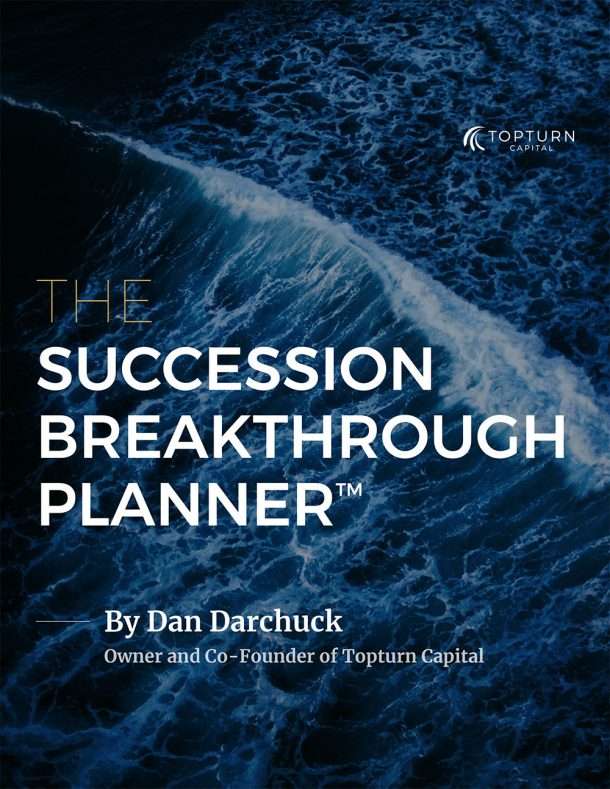Although we’re currently in the middle of a typical warm California summer, I’m going to share an experience that actually happened during a Lake Tahoe winter, and I promise to make a point.
A couple of winters ago I was driving in the Lake Tahoe area, and in spite of a covering of snow on the highway, I was feeling pretty good about how my vehicle was tracking.
As I took the off-ramp to exit the highway, I noted a slight downgrade, but didn’t really feel the need to slow down much. Great truck, newish tires, and a competent driver – everything was working.
Until, of course, it wasn’t. At the midpoint of the ramp, my vehicle began to slide. I could feel it breaking loose (and if you’ve driven much in the snow, you know the feeling, it’s a really bad feeling). At the bottom of the off-ramp, I had an unfortunate encounter with a Subaru. So much for the “competent driver” aspect of the story.
Thankfully, the only injuries sustained were to the two vehicles.
A few days later I was meeting with a client who, in addition to other things, is a race car builder, driver and enthusiast. I mentioned my experience to him, and with a bit of embarrassment told him that I’d tried everything that drivers are instructed to do in a slide, the “optimal approaches” of pumping the brakes, relying on anti-lock, turning into the direction of the skid. I tried everything, but the accident still occurred.
That’s when he shared something very interesting. He said, “You may find this really scary to do in the moment, but often the only thing you can do in that situation is hit the gas. He explained that when it works (and he added that it doesn’t always, which makes the scary part even scarier) the sudden acceleration causes the tires to bite and regain traction, giving you the ability to direct the vehicle, regain control, and avoid collision.”
As much as I hate to admit it, about a month later, I had the opportunity to test his advice. Different location, similar situation, but this time I took a deep breath… and hit the gas.
As predicted, the tires bit, I regained traction just long enough to get control of the vehicle, and steer out of harm’s way. I took an active approach and it made all the difference.
While this story may have merit for drivers in snow country, there’s also a correlation to a certain portfolio management approach: that of passive investment. Recently many investment professionals, and the financial media, have jumped on board the passive investment train, as though it were the optimal approach. Kind of like relying on the market equivalent of anti-lock brakes. Statistics have been trotted out demonstrating that if an investor can just hold on over a long enough period of time, they’ll come out ahead.
The problem with statistics is they don’t take into account the realities of an investor’s life and the unpredictability of market twists and turns.
A Harsh Lesson from the Tech Bubble
This is the wisdom of the passive investor: “Keep expenses low through the removal of active management, advice, and oversight.”
So, if you had been an investor just entering retirement at the end of 1999 (and a lot of people were), how would you have fared if you’d taken this advice? What would your financial condition be if you were solely dependent upon a return from your portfolio for cash flow from 1999 through early 2002?
I can tell you with a high degree of certainty that psychologically, the average investor would not have even made it to early 2002. Most would have bailed well before markets ever began making a come-back, through abject fear of losing absolutely everything (wouldn’t have happened, but try telling that to someone when they are in the middle of a slide).
Warren Buffet and LeBron James
The problem is that whenever we are well into a stretch of prolonged positive returns in markets, even harsh lessons are sometimes set aside. Earlier this year the media became excited about Warren Buffet’s advice to LeBron James wherein Buffet advised James to simply invest in a low-cost index fund. The Oracle of Omaha was waving the Passive Investment flag, and everyone ran out to the streets to join the parade.
Now, whether this advice was the best possible advice for James, and what on earth James even has in common with most investors is beyond any point I would try to make here. The point I will make, is that the advice Buffet gave is not how Buffet himself has invested.
Rewind almost three decades to October 1987, and you’ll recall that the US market went through a significant correction – perhaps even (quietly now)… a crash. It was a fairly short period and was extremely pronounced, with US markets taking a hit of over 22%. What did Warren Buffet do?
He bought Coca-Cola. A lot of it. He didn’t just buy a few shares; he purchased a significant portion of the company and likely would have bought more had it been available. Do youthink he sold his other stock positions that had also been beaten up to fund the purchase? Get real. He had likely been methodically trimming other holdings that had ceased to show significant value in the months and years leading up to October of 1987. He had cash ready and at his disposal at just the right moment to swoop in when people were fearful and ready to almost give away shares in one of America’s most iconic businesses. Sound passive to you?
Regardless of what Buffet is telling LeBron James or anyone else about passive investment, his actions clearly indicate active, methodical, and highly tactical movement.
Investors moved out of fear in 1987, 2000, 2001, 2008, and will most assuredly do it again at some point in the future. Investors with the foresight to prepare and the ability to hit the accelerator in the middle of a slide, to move counterintuitively in a fearful situation, are likely to be handsomely rewarded. Take control.
– Dan Darchuck, CEO



